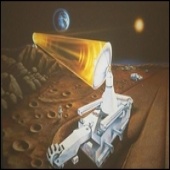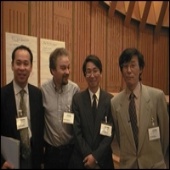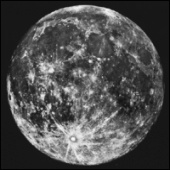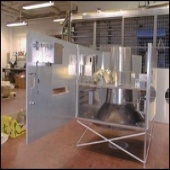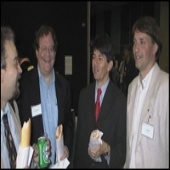ESA Science & Technology - News Archive
News archive
News archive
To get around, satellites sailing through space use the same tools that ancient mariners used to navigate the inhospitable oceans - the stars. ESA's SMART-1 mission will test special software that will soon allow spacecraft to calculate and adjust their course all by themselves.
Published: 11 November 2002
Published: 11 June 2002
Published: 23 April 2002
Published: 13 January 2002
Published: 12 July 2001
Published: 18 March 2001
Published: 1 March 2001
Published: 7 February 2001
Published: 21 November 2000
Published: 2 November 2000
Published: 31 July 2000
Published: 18 July 2000
Published: 14 July 2000
Published: 13 July 2000
Published: 12 July 2000
Published: 11 July 2000
Published: 30 June 2000
Published: 29 June 2000
Published: 5 May 2000
Published: 2 February 2000
—
20 Items per Page













